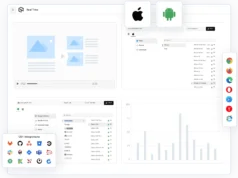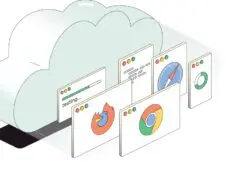
Have you heard the phrase “Internet of Things” and wondered what it means? Here is an analysis of the term and how this technology might impact your daily life.
IoT refers to a network of physical devices with software or sensors that allow them to communicate. These devices create an internet-based link that will enable them to share data without human intervention.
IoT devices range from items you use daily to equipment used in big corporations. Here is a list of examples of IoT devices you might have interacted with:
- Home Security Monitors
- Smart TVs
- Smart Refrigerators
- Fitness Trackers
- Smartwatches
These devices can share information with your computer or the cloud with data from their environmental input.
How IoTs Work
The foundation of IoT is AI and its integration into daily life. This technology has helped improve the way simple tasks get executed in a myriad of settings. The objective of IoT devices is to solve problems within a home or office system.
AI training in these devices helps simplify actions and makes it easy for the devices to learn their tasks. When the product gets to you and gathers information from its environment, it can perform its tasks perfectly.
Check out these two examples of AI training in IoT devices:
- A home security unit will work according to the information set by the owner. Anything outside these instructions triggers an alarm that gets sent to the owner’s smartphone or computer. One can even set the system to send information to the authorities upon suspicious activity.
- Smartwatches and phones can share functions without constantly transferring data between themselves.
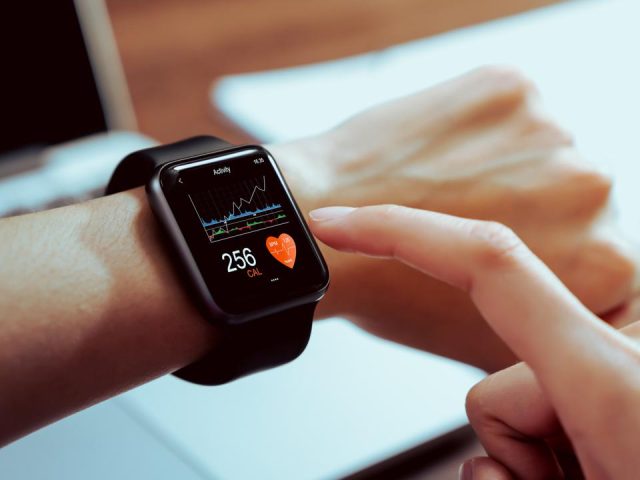
Benefits of IoT
As discussed, IoT simplifies tasks in the home or the workspace by handling simple tasks. IoT devices serve several benefits to their users:
• Access to Information
IoT devices collect data from their surroundings. This bank of information is connected to the internet and is available to relevant parties. Some of the data gathered by these devices would be difficult to access otherwise. Google, for instance, has made it possible for people to look up events and places in real-time through Google Maps on any of their devices.
• Faster Operations
AI makes it possible for IoT devices to perform automated tasks depending on certain environmental factors. Thanks to the automation of simple tasks, employees can concentrate on more challenging tasks, increasing the efficiency of activities.
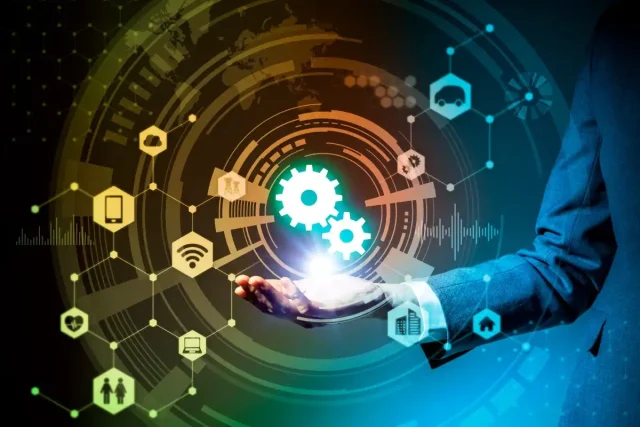
• Easier Upgrades
AI learns from its environment and is therefore ever-changing. IoT also evolves with this speed, making it easier to upgrade a device or an entire system. Without IoT, businesses would find it challenging to implement new technologies.
• Time-Saving
The ability to automate tasks through IoT devices saves on time spent performing duties. These devices can learn and improve their performance if repeated enough times. The time saved is put towards working on more challenging assignments.
• Money-Saving
IoT devices might initially be costly, but they eventually become money-saving gadgets. Because these appliances share a common pool of information from which they get their instructions, they use less energy and are very efficient.

Disadvantages of IoT
The acceptance of IoT devices continues to grow in homes, businesses, and even big organizations. The growth of this technological advancement has changed people’s views of tasks and their performance. Although IoT comes with many benefits, there’s still a downside. Here are some of the disadvantages of relying on such devices:
• Dependence
On the one hand, IoT gives us a chance to concentrate on challenging tasks as we automate the simpler ones. Conversely, due to the expectation that the jobs are always handled, people are at risk of becoming dependent on technology, a problem already in existence.
People need information fast and have spent time improving internet and data collection speeds without considering the risk of dependence. This can become a major issue down the road.
• Security Breaches
Due to the speed with which IoT devices make information available, personal data is no longer private. Security breaches can render one helpless, primarily when they affect one’s finances. Big organizations also suffer from such violations, as they result in the loss of trust among their customers.
It is crucial to consider the direction one’s data takes as it moves from the internet to IoT devices. Alternatively, using proxies will keep you secure while using the different devices. Check prices here.

• Functional Errors
Although IoT devices perform simple mind-numbing activities, the technology behind these devices is very complex. A tiny software malfunction can cause trouble in the device’s functioning.
• Unemployment
Some of the tasks left to IoT were initially performed by people. With the influx of automated machines, those who execute these jobs become useless to organizations.
• Safety
Because IoTs are susceptible to hacking or mishandling, they can impact our safety and health. Hacked healthcare equipment, for instance, will affect the wellbeing and safety of all patients.
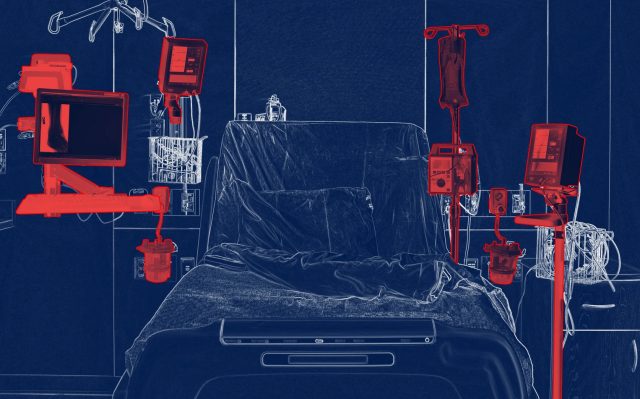
Protect Yourself and Your Loved Ones on the Internet
IoT devices only work when connected to the web. The internet is vast, and it holds its dangers, as mentioned above. The data collected by these devices is available to the user at any time, under any circumstance. However, as discussed, it is possible to put yourself or others at risk if this information is hacked.
Using Spectrum Internet as an example, it is vital to ensure that the network you use is safe and reliable. Proxies and VPNs are some of the ways to protect your system. Moreover, avoiding clicking harmful links or sharing connections with others can help keep one’s information safe.
IoTs Are the Present, Not the Future
IoTs are here, and they are not going anywhere. Phones, computers, and even smartwatches are major parts of the human experience and have a great impact on how we live our lives. Automated machines in hospitals have greatly improved the healthcare system and the speed people get treated.
However, we must find ways to balance the number of devices we use to avoid dependence. Despite the risk of overreliance, we should embrace IoT and work together to better our experiences with these convenient gadgets.

